Very Basic Steps for Starting Emergency Prepping
Alrighty, buckle up because we’re diving into the world of emergency prepping! Whether you’re a hardcore doomsday prepper or just someone looking to be more prepared for life’s curveballs, getting started with emergency prepping doesn’t have to be overwhelming. It’s all about taking small steps to build your readiness and self-reliance over time. I want to talk about the fundamental steps for starting emergency prepping.
For years, I’ve told my readers to start one can at a time. Don’t feel like you need to go into debt and buy pallets of food all at once. Follow these steps, and you’ll be well on your way as you develop your family emergency plan.
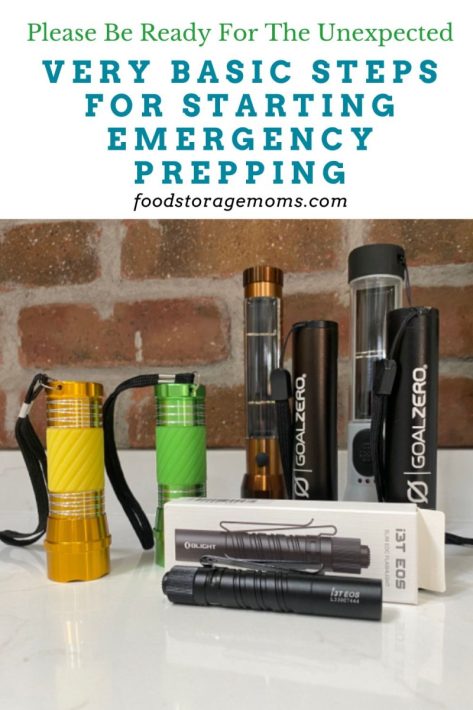
Assess Your Risks
First, consider the kinds of emergencies that could realistically happen in your area. Is your location prone to floods, hurricanes, tornadoes, earthquakes, wildfires, or blizzards? Maybe you live in a bustling city where power outages and transportation disruptions are more common. Understanding your risks will help you tailor your prepping efforts by gathering your resources to deal with the situations you will most likely encounter.
Make a Plan
Once you’ve got a handle on your potential risks, it’s time to make a plan. Sit down with your family or other household members and discuss what you would do in various emergencies. This might include where you would meet if separated or if you had to evacuate what your evacuation routes would be. You need to decide how you would communicate if cell service was down, and what supplies you would need to have on hand for food and water. Keep your plan simple and flexible, and don’t forget to practice it now and then so everyone knows what to do when the time comes. 10 Reasons Stockpiling Emergency Supplies Makes Sense
From time to time, you should review the plan and make any adjustments necessary due to changing circumstances. Being self-reliant means being flexible as you learn to deal with different scenarios. That doesn’t mean having to completely change your lifestyle, but it does mean setting priorities and trying to stick to them.
Build a Kit
Now comes the fun part: building your emergency kit or survival kit! Start by gathering basic supplies like water, non-perishable food, flashlights, extra batteries, a first aid kit, and any prescription medications you might need. Think about what you would need to survive for at least three days without outside assistance. As you’re putting your kit together, don’t forget about your furry friends, make sure you have food, water, and supplies for those pets too! How to Create an Emergency Prepping Kit
Stay Informed
Knowledge is power when it comes to emergency preparedness, so make sure you stay informed about potential threats in your area. It would be good if there were a simple manual to read, but my book is one of the few I can recommend, along with a few others. Sign up for emergency alerts from your local government or download a weather app that will notify you of severe weather warnings. The more you know, the better prepared you’ll be to respond quickly and effectively when disaster strikes and you have to react on a moment’s notice. “Prepare Your Family For Survival” By Linda Loosli and “Bugging In What To Do” by Raymond Dean White
Practice, Practice, Practice
Finally, don’t just set it and forget it; practice your emergency plan regularly! Survival skills aren’t learned overnight. Hold drills with your family to ensure everyone knows what to do in an emergency, and update your kit as needed to account for changes in your situation or new threats. The more you practice, the more confident you’ll feel in handling whatever comes your way.
Why should I bother prepping for emergencies?
Prepping for emergencies is all about being ready for the unexpected. Whether it’s a natural disaster, power outage, or some other unforeseen event, having a plan and supplies in place can help keep you and your loved ones safe and comfortable until things return to normal.
The old adage that food, clothing, and shelter are the keys to survival still applies today. Being self-reliant can seem challenging, but take your time and initially take baby steps as you find your way. It’s more than gathering supplies, you need to consider flood insurance in some locations, and extra water in others. The need for proper nutrition is part of the planning process just as personal hygiene and hydration are.
How do I know what kind of emergencies to prepare for?
Start by considering the types of emergencies most likely in your area. Do you live in an area prone to hurricanes, earthquakes, wildfires, or blizzards? Consider the most common threats and tailor your prepping efforts accordingly. Will you need extra clothing, blankets, diapers, rain gear, and other items for cold or hot weather conditions?
What should I include in my emergency kit?
Your emergency kit should include basic supplies to help you survive for at least three days without outside assistance. These should include water, non-perishable food, flashlights, batteries, a first aid kit, medications, and pet supplies. Don’t forget about items like a multi-tool, cash, and copies of important documents like insurance policies and birth certificates, too!
There has been a lot of talk about 72-hour kits, bug-out bags, and other grab-and-go options. They are important and should always be placed in a convenient place for easy access.
How much water should I store for emergencies?
The general rule of thumb is to have at least one gallon of water per person daily for drinking and sanitation. So, for a family of four, you’d want to have at least 12 gallons of water to last three days. I believe 4 gallons per person per day is more realistic as you consider the need for hydration, cooking, personal hygiene, and limited laundry effort.
Where should I keep my emergency supplies?
Store your emergency supplies in a cool, dry place where they’ll be easily accessible in an emergency. Consider keeping a smaller kit in your home and a larger kit in your car or workplace. Emergency Supply Checklist We All Need
How often should I update my emergency kit?
It is a good idea to check and update your emergency kit at least once a year. Make sure your supplies are not expired, replace any items that have been used or damaged, and adjust your kit based on changes in your family’s needs or your local risks.
More Tips
- Your Car Needs Emergency Items For Survival
- Navigating Emergency Preparedness with Oxygen
- 20 Healthy Habits for Emergency Preppers
Final Word
And there you have it, a crash course in emergency prepping for beginners! Remember, it’s all about taking small steps to build your readiness over time, so don’t stress if you can’t do everything all at once. Take it one step at a time; before you know it, you’ll be a bona fide prepping pro! What basic steps for starting emergency prepping do you have to share? May God Bless this World, Linda

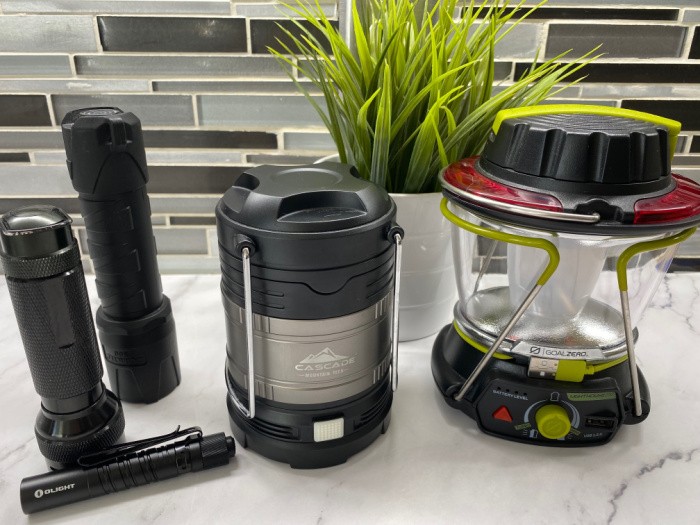


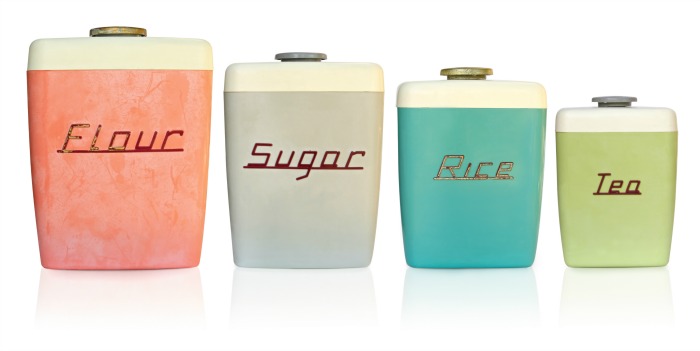
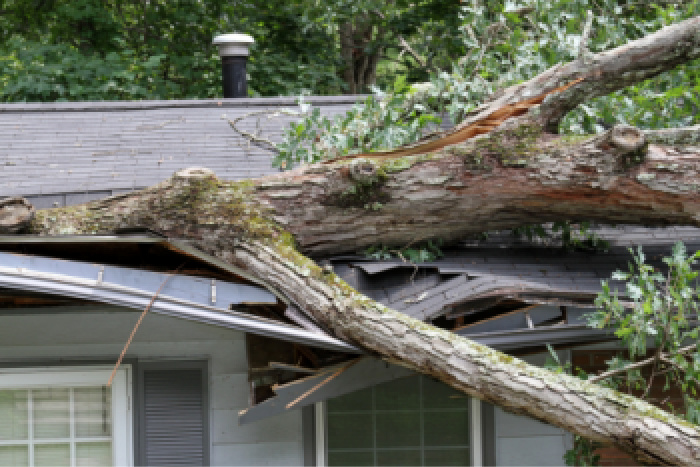
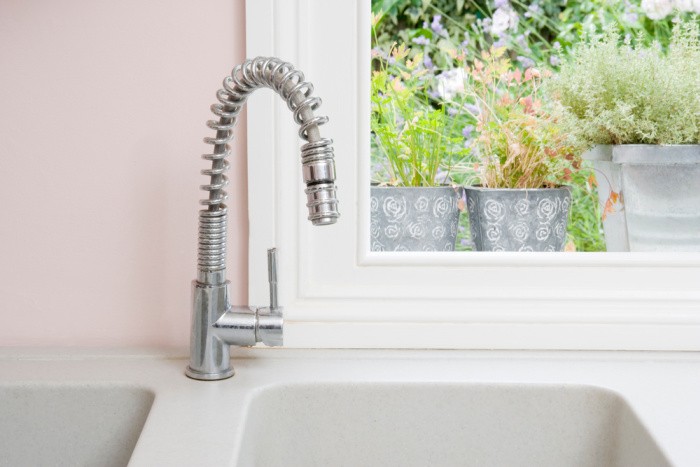















OK, Linda ~ I will post the first comment on this post!!
All of the things on this post are great beginnings for new readers but also great reminders for those of us who are pretty experienced with preparing.
**I may have missed it in the post – but keep your vehicle fueled up!!!
**Also – with lighting, be cautious of open flames! Especially if you have young children (my 5-year-old granddaughter is notorious for reaching over the lit candles on the dinner table, scorching her hair and clothing – could be disastrous); and/or pets that could knock over candles or lamps (lit kerosene or oil lamps).
**Charging abilities for phones and laptop computers is also important – solar chargers are great but a bit spendy as are small generators.
Thanks for this post, Linda.
Hi Leanne, thank you for the reminder, I’m not fond of candles. I have 17 grandkids (the youngest is 15) but when they were younger I couldn’t light any candle for fear one of the littles would get too close and curious. We must absolutely keep our gas tanks as full as possilbe, great comment, Linda